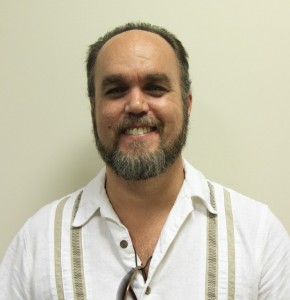 As the nation gears up for this year’s Super Bowl in Indianapolis, law enforcement officials there are getting ready for the influx of children and their captors who make up a large part of the sex trade industry. This business always gets a boost from the “anything goes” atmosphere of the Super Bowl. Last year authorities made nearly 60 prostitution arrests during the time around the game, 11 of which were believed to have involved human trafficking. This uptick in activity is only a symptom of a huge problem, both here in the United States and around the globe.
As the nation gears up for this year’s Super Bowl in Indianapolis, law enforcement officials there are getting ready for the influx of children and their captors who make up a large part of the sex trade industry. This business always gets a boost from the “anything goes” atmosphere of the Super Bowl. Last year authorities made nearly 60 prostitution arrests during the time around the game, 11 of which were believed to have involved human trafficking. This uptick in activity is only a symptom of a huge problem, both here in the United States and around the globe.
Worldwide, the U.S. State Department estimates that 800,000 people, roughly equal to the population of San Francisco, are trafficked across international borders, about 17,500 of which are brought into the United States. Total revenues of the trade worldwide are estimated by UNICEF to be around $12 billion dollars. The organization believes that 1.2 million children are victimized.
In our own country some 100,000 children who are U.S. citizens are thought to be trafficked annually. Many are runaways, others are victimized by family members or acquaintances. Often the victims are being abused at home, and many are involved in drugs.
The misnomer of childhood prostitution is often used to describe what is happening to these kids, but in fact they are modern day slaves. January is National Slavery and Human Trafficking Prevention Month in the United States, set aside by various groups that are advocating for more protection of kids. Too often this criminal activity is overlooked or thought to occur in other places. In fact it occurs around the country, and includes not just sex workers but other laborers as well. In many states kids are more likely to be prosecuted as prostitutes than viewed as victims.
Federal and state laws have been catching up with the reality of trafficking for a decade or so, but much work remains to be done. In 2000 Congress passed the Trafficking Victims Protection Act (TVPA), which created new crimes and provided for services to help victims. Forty five states have passed laws that attempt to address the problem of trafficking. Unfortunately, in state systems kids are about three times as likely to be prosecuted, since many of the anti trafficking laws conflict with older laws about prostitution. In many places criminalization is the only means authorities have of removing the kids from the abusive and neglectful environment that contributed to their victimization in the first place. One bright spot, as reported in JJIE was the passage in Georgia of a child trafficking law that reflects the realities of modern prostitution. It acknowledges that the children involved are victims, and increases the penalties for those that exploit them.
One further problem that needs to be addressed is the involvement of undocumented aliens involved in child sex work, since most of the immigrants involved in trafficking entered the country illegally they are subject to confinement and deportation by the federal government as well as criminal penalties. This makes it more difficult for them to seek and receive assistance.
In the commercial world, hotels and meeting planners are being encouraged to sign the Tourism Child Protection Code of Conduct. This is a document that industry members sign in an effort to increase awareness and reporting by hospitality workers. Much prostitution takes place in hotels and motels, and is often in conjunction with conventions. Businesses are increasingly starting to take responsibility for the role that they have played in facilitating these crimes.
However complex and large this problem is, the bottom line is that it is happening in communities around the country, including small towns and rural areas. If you are reading this it is probably happening where you live. As a nation we enshrined freedom into our Declaration of Independence, and made slavery illegal in the 13th amendment to the Constitution. Let’s support efforts to end these practices, by studying, volunteering, supporting organizations that advocate for victims, and by letting our legislators know we care about this issue.
As good as TVPA might be, it is not enough. It was passed 10 years ago and still more than 100,000 people are victimized in our nation each year. This is too many.

Great work John. I have enjoyed reading your articles…from a perspective I can somewhat relate to…glad to know you are doing well and are committed to raising awareness of such important issues.